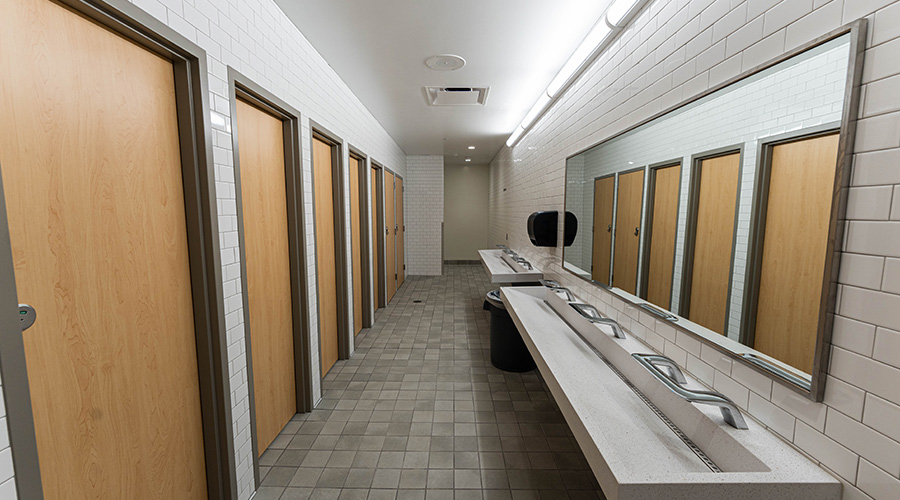Closed Schools Create Challenges For Districts
A shuttered school is nobody's baby. After the emotional and long process of deciding to close a school or schools in a district, after the evaluation process and shuttering procedures take place, the facility remains, an echoing hulk. For the well-managed, what comes next is reinvention into a new phase of use, as a new school, apartments, or perhaps a community center. For the less lucky, situated in deteriorated neighborhoods or in areas where the population's needs have shifted elsewhere, and where school districts don't have the wherewithal to spend money on empty buildings, what remains is a swift decline into deterioration and an open invitation for vandalism and other nefarious activities, bringing blight into the heart of their neighborhoods. Regardless of what a district decides to do with a closed school, it creates challenges.
Between the 2001-02 and 2009-10 school years, the most recent available data on total numbers of K-12 schools in the U.S. from the National Center for Education Statistics, the country went from 130,007 schools to 132,183 schools. In the same time period, 15,748 public K-12 schools closed. Between 1995 and 2012, the yearly average for public K-12 school closures was 1,632. In other words, shift happens.
But the fact that a municipality's demographics are going to change and a facility coming to end of use is a natural process is only comfortably contemplated from the vantage point of national statistics. Down at the level of the neighborhood school, it is a painful and messy process. While facility managers can do precious little to influence the political decision to close one school over another, they have a major role to play in ensuring the process is well-informed, and the facility is well-prepared to enter an indeterminate period of dormancy so that it is best positioned to find new use.
Decisions, Decisions
Once a school district has decided that it no longer needs a particular school, there are several possible avenues for the facility, says John Shea, chief executive officer of the Division of School Facilities for the New York City Department of Education. It can be sold to a developer for a short-term boost to the budget, but then the ready capacity to absorb future growth in the portfolio is lost. The school can be leased, which brings in some money and has the advantage that the tenant can be removed if the district grows and needs the facility again. Or the district can choose to mothball the facility, holding onto it in an unoccupied state. In the event the facility is already beyond repair, it can be torn down and the lot held or sold.
NYC's Department of Education currently knows no such thing as a vacant school, as the district is in boom mode, but in Shea's experience at another school district, what happened with the leasing situation is that nobody wanted to spend money on the facility. The tenant doesn't have money for capital costs. The district doesn't want to spend its money because they're not using it as educational space. "It's cheap space but it's not good space, and it doesn't work long-term for the district or the tenant," Shea says.
Related Topics:














